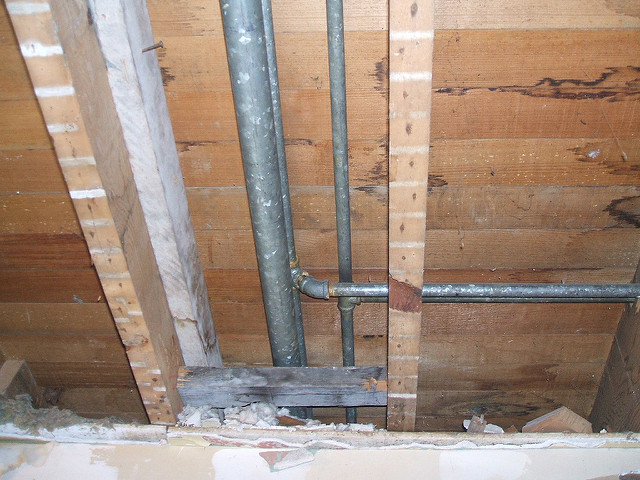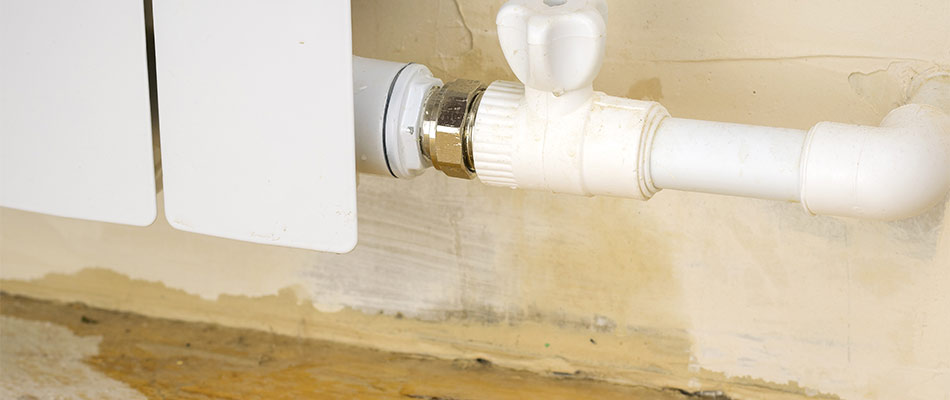What're your ideas about Hacks to detect leaks?

Early discovery of dripping water lines can mitigate a potential catastrophe. Some small water leakages might not be noticeable.
1. Examine the Water Meter
Every home has a water meter. Inspecting it is a surefire manner in which helps you find leaks. For starters, switch off all the water resources. Make sure no person will certainly purge, make use of the faucet, shower, run the cleaning maker or dish washer. From there, most likely to the meter and watch if it will change. Because nobody is using it, there ought to be no motions. If it moves, that suggests a fast-moving leak. If you detect no adjustments, wait a hr or 2 and also check back once again. This means you may have a slow-moving leakage that can also be below ground.
2. Inspect Water Intake
Evaluate your water expenses and track your water usage. As the one paying it, you must discover if there are any type of discrepancies. If you find sudden changes, regardless of your intake being the same, it indicates that you have leakages in your plumbing system. Bear in mind, your water expense should drop under the exact same array monthly. A sudden spike in your costs suggests a fast-moving leakage.
On the other hand, a steady rise monthly, even with the exact same habits, shows you have a slow-moving leak that's additionally gradually rising. Call a plumber to completely examine your building, particularly if you really feel a warm area on your flooring with piping underneath.
3. Do a Food Coloring Test
When it involves water consumption, 30% originates from toilets. Examination to see if they are running properly. Decrease specks of food color in the container and also wait 10 minutes. There's a leakage between the container and also dish if the color somehow infiltrates your bowl during that time without flushing.
4. Asses Outside Lines
Do not neglect to examine your exterior water lines too. Test spigots by connecting a garden hose pipe. Ought to water seep out of the connection, you have a loose rubber gasket. Replace this and guarantee all connections are tight. If you've got a lawn sprinkler, it will assist get it expertly took a look at and also kept annually. One little leakage can waste tons of water and increase your water costs.
5. Analyze the circumstance and also evaluate
Home owners need to make it a behavior to check under the sink counters and even inside cupboards for any type of bad odor or mold development. These two warnings indicate a leak so timely interest is required. Doing routine inspections, even bi-annually, can save you from a significant issue.
Examine for stainings and compromising as a lot of home appliances and also pipelines have a life expectancy. If you think leaking water lines in your plumbing system, do not wait for it to rise.
Early discovery of dripping water lines can mitigate a potential catastrophe. Some small water leaks may not be noticeable. Inspecting it is a proven method that aids you uncover leaks. One little leakage can throw away tons of water and spike your water bill.
If you think leaking water lines in your plumbing system, don't wait for it to intensify.
WARNING SIGNS OF WATER LEAKAGE BEHIND THE WALL
PERSISTENT MUSTY ODORS
As water slowly drips from a leaky pipe inside the wall, flooring and sheetrock stay damp and develop an odor similar to wet cardboard. It generates a musty smell that can help you find hidden leaks.
MOLD IN UNUSUAL AREAS
Mold usually grows in wet areas like kitchens, baths and laundry rooms. If you spot the stuff on walls or baseboards in other rooms of the house, it’s a good indicator of undetected water leaks.
STAINS THAT GROW
When mold thrives around a leaky pipe, it sometimes takes hold on the inside surface of the affected wall. A growing stain on otherwise clean sheetrock is often your sign of a hidden plumbing problem.
PEELING OR BUBBLING WALLPAPER / PAINT
This clue is easy to miss in rooms that don’t get much use. When you see wallpaper separating along seams or paint bubbling or flaking off the wall, blame sheetrock that stays wet because of an undetected leak.
BUCKLED CEILINGS AND STAINED FLOORS
If ceilings or floors in bathrooms, kitchens or laundry areas develop structural problems, don’t rule out constant damp inside the walls. Wet sheetrock can affect adjacent framing, flooring and ceilings.
https://www.servicemasterbyzaba.com/blog/how-to-detect-water-leakage-in-walls/

We were shown that article about Locating water leaks through an associate on our other web page. Sharing is caring. One never knows, you may be helping someone out. I recognize the value of reading our article about Locating water leaks.